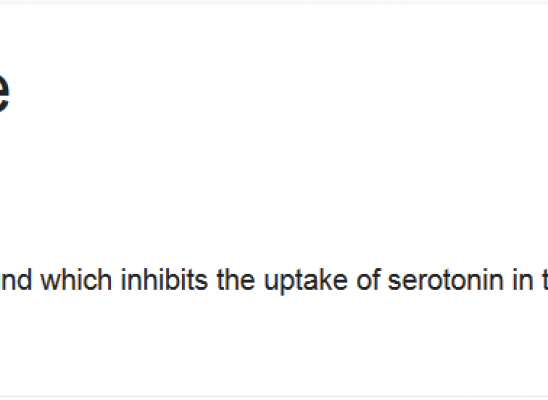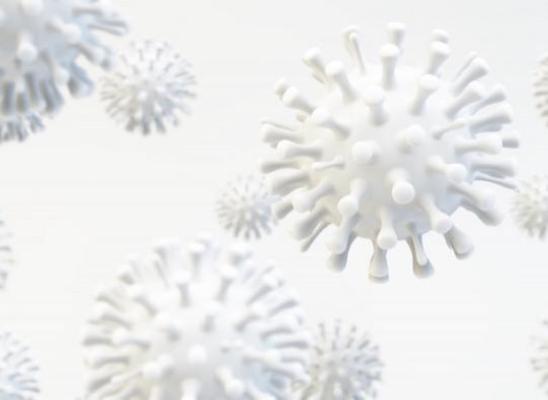The Role of Sensory Stimuli in Hair Pulling: How Your Environment Influences the Urge

Online test
Find out the severity of your symptoms with this free online test
For people with trichotillomania, commonly referred to as “trich” or hair pulling, the hair pulling is more than just a habit. It is part of a complex sensory experience.
Sensory phenomena are commonly experienced with hair pulling and other disorders along the OCD spectrum. While not considered a sensory processing disorder, there is substantial anecdotal evidence that tactile sensations can fuel the urge to pull. Understanding how tactile sensation influences the urge to pull can help you find effective strategies to manage these urges.
How Sensory Stimuli Affect Hair Pulling
Many people with trich report being highly attuned to the feel and texture of their hair. There is research to suggest that there may be a neurobiological basis for this behavior. The act of pulling from areas where there are a significant number of nerve endings and receptors may help with internal sensory imbalance and emotional regulation. So, in some ways, pulling can be both a way to satisfy a biological need and destructive at the same time.
The sensory experience of pulling can be deeply satisfying and difficult to resist. Some are drawn to the feeling of the root, the coarseness of a strand, or the act of running fingers through hair. Others are drawn to certain textures, such as coarse, stubbly, or uneven hairs, which can lead them to unconsciously seek out and remove these strands.
Beyond texture, environmental stimuli such as lighting conditions can heighten the urge to pull. Bright, direct light may make individual hairs more visible, leading to increased scanning and pulling behaviors. On the other hand, dim lighting can create an environment where pulling feels more private and immersive, making it harder to resist.
Fabrics and tactile sensations also play a role. Soft fabrics, like fleece or silk, may provide an alternative soothing experience that can reduce the need for sensory stimulation through hair pulling. Conversely, certain rough fabrics or irritating materials might increase the need for sensory regulation, making hair pulling more likely.
Recognizing Your Sensory Triggers
Not everyone’s sensory response is the same which is one reason why trich is hard to manage.
Some people have what’s known as sensory over-responsivity, meaning that they are more sensitive to stimulation. They feel intensely and tend to be less tolerant to touch.
Others have sensory under-responsivity, meaning that they are less sensitive to stimulation. They tend to be more passive or not as responsive to stimulation as one might expect.
Some people are a mix of the two, depending on the particular stimulus.
These types are neither good nor bad. It’s simply that having some idea of how you respond to certain stimuli can help you find the strategies that work best for you.
The first step in managing trichotillomania through environmental adjustments is identifying the specific sensory triggers that contribute to your pulling episodes. Keeping a journal to track pulling behaviors can help. Some questions to consider might include:
- Do I tend to pull more in bright or dim lighting?
- Do I prefer certain hair textures?
- Are there specific fabrics that make me feel more or less like pulling?
- Are there activities (e.g., watching TV, reading, using my phone) that seem to trigger my urge to pull?
Once you know your triggers, you can make changes to your surroundings.
Set Yourself Up for Success
Once you’ve identified your specific sensory triggers, you can modify your surroundings in a way that reduces the likelihood of triggering a pulling episode. Here are some ideas to consider:
Adjust the Lighting - If bright light triggers the urge to pull, use softer, warmer lighting in your personal spaces. If dim lighting is the culprit, try to keep your space well-lit.
Hair Texture - You might be surprised to know that there are some things you can do to manage your hair in ways that may reduce the urge to pull if texture is a trigger.
- Keep your hair smooth, clean, and conditioned to help reduce the urge to search for rough or uneven strands.
- Wear a hat, headband, or scarf to create a barrier between your hands and your hair.
- Try different fidgets or textured tools to help satisfy your sensory needs and keep your hands busy.
Fabric and Tactile Sensations – Try different textures of fabric for blankets, pillowcases, clothing, etc. to find materials that are soothing.
Practice Mindfulness – Practicing mindfulness can help you reduce stress and promote relaxation.
Create a Supportive Environment – Changing your surroundings is helpful but creating an environment of support is important too. Seek support from trusted friends and family, engage in therapy, join a support group. Above all, be kind to yourself.
The Takeaway
Understanding your sensory triggers is an important part of building a plan to manage your trich. When you modify your surroundings, you are creating a space that can support healthy coping and healing.
References
1. Falkenstein, M. J., Conelea, C. A., Garner, L. E., & Haaga, D. A. (2018). Sensory over-responsivity in trichotillomania (hair-pulling disorder). Psychiatry Research, 260, 207-218. https://www.sciencedirect.com/science/article/abs/pii/S0165178116322041?via%3Dihub
2. Penzel, F. (2020, February 14). A stimulus regulation model of trichotillomania (Why people pull) — Western Suffolk psychological services. Western Suffolk Psychological Services. https://www.wsps.info/articles/a-stimulus-regulation-model-of-trichotillomania-why-people-pull
3. Penzel, F. (2020, February 14). Stimulation substitutes for trichotillomania — Western Suffolk psychological services. Western Suffolk Psychological Services. https://www.wsps.info/articles/stimulation-substitutes-for-trichotillomania
4. Houghton, D. C., Alexander, J. R., Bauer, C. C., & Woods, D. W. (2018). Abnormal perceptual sensitivity in body-focused repetitive behaviors. Comprehensive Psychiatry, 82, 45-52. https://epublications.marquette.edu/cgi/viewcontent.cgi?article=1330&context=psych_fac
Online test
Find out the severity of your symptoms with this free online test
Start your journey with TrichStop
Take control of your life and find freedom from hair pulling through professional therapy and evidence-based behavioral techniques.
Start Now



